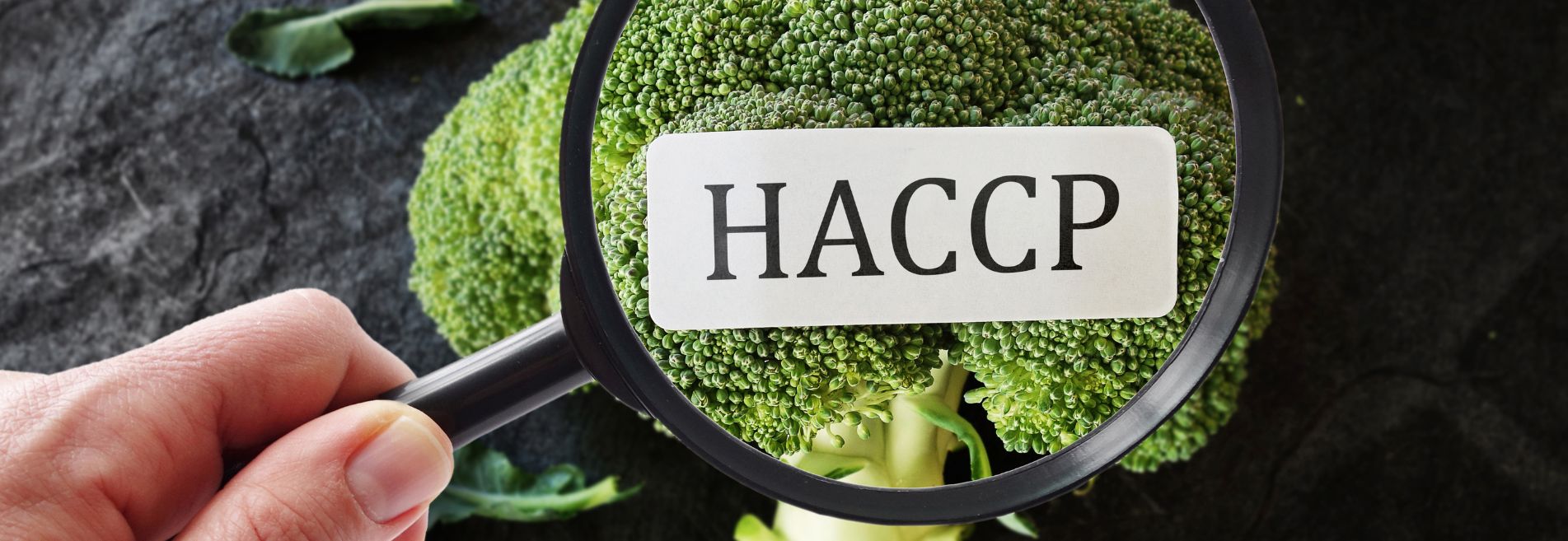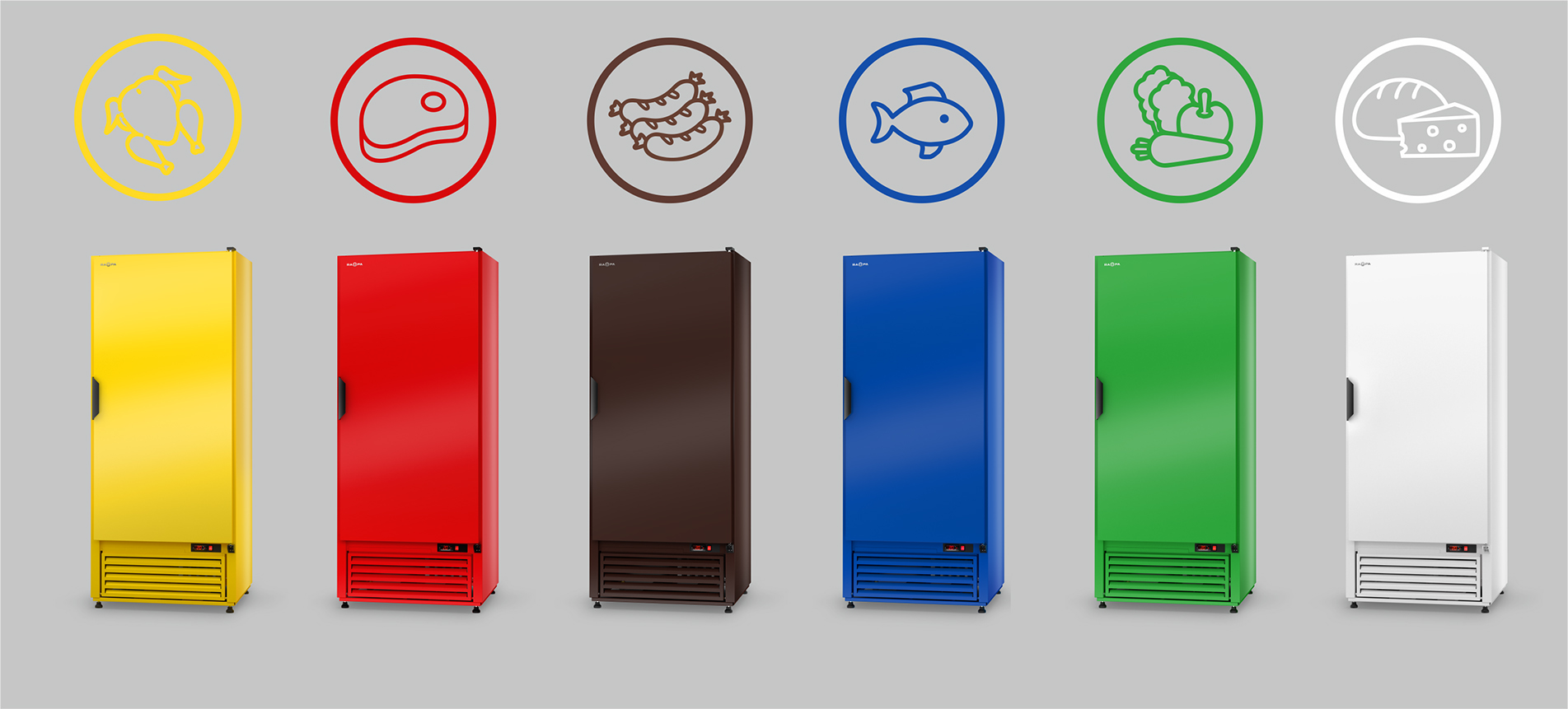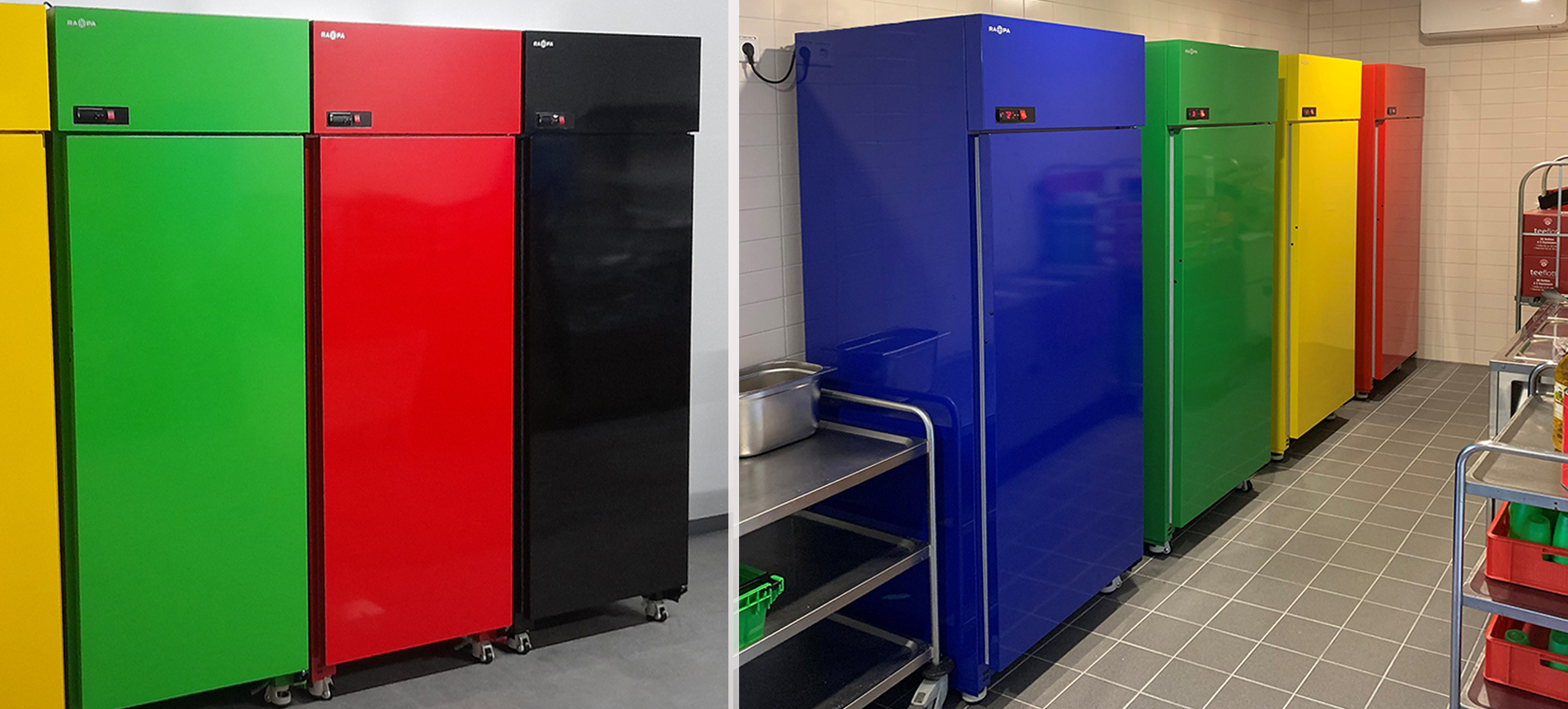_93c72e20.jpeg)
_93c72e20.jpeg)
The way in which food is stored is one of the key aspects of a properly functioning kitchen in a restaurant or canteen. It determines whether the ingredients used for the preparation of meals maintain their high quality and do not lose their nutritional value. Food storage standards are defined, among other things, by the HACCP system. What is it and what does refrigeration have to do with it? Read on!

What is HACCP?
Hidden underneath the mysterious acronym from the headline is the name of the Hazard Analysis and Critical Control Point (HACCP) system, the main purpose and objective of which is to ensure the health safety of food. Put simply, it is about creating conditions for storing and preparing food in such a way that it remains nutritionally valuable and safe for our health.
Within the HACCP system, two sets of principles are of great importance, the application of which contributes to the elimination of various types of food hazards:
Both GMP and GHP refer to the conditions in the environment in which food is produced or processed. These include the optimum arrangement of individual areas of use, such as workstations and storage areas, the selection of appropriate equipment and devices and ensuring their efficiency and proper maintenance, compliance with hygienic standards, keeping the entire production area clean and in good technical condition, developing and observing detailed operating procedures in the production process and ensuring proper product storage conditions. This last element is very often neglected, leading to large losses. It is therefore worth paying attention to, especially in times of rampant food prices.

Principles of food storage
Proper food storage is no secret knowledge! In fact, it boils down to a few simple rules, which, however, we often forget:
It is very important to reach for products from the store in the right order. You can, for example, use the FIFO (First In First Out) principle, which means that you use up what got there first or FEFO (First Expired First Out). We write more extensively on this topic here: FIFO or FEFO? Choose the best storage method
Ensure that food is stored in airtight, preferably hermetically sealed containers or packaging. Access to oxygen makes food spoil more quickly. Make sure the packaging is approved for food contact, and remember to label each package accurately! Indicate on the label what is inside (even if it seems obvious!) and when it was packaged. If you are repackaging something from a bulk pack, write the best-before date on the label too.
All stored foods should be labelled with an expiry date and information on storage conditions, which must be strictly adhered to!
Prepared foods should be stored separately from raw foods. Pre-treated food should not be stored with pre-treated food (e.g. exposed eggs with unexposed eggs). Meat, fish, vegetables and fruit and eggs should be stored in different refrigeration units, or if this is not possible, they should be well packaged and separated from each other. It is good practice to store products with strong odours, such as fish, separately.
A practical solution for segregating individual products is to colour-code the storage units.
It is also very practical to be able to paint selected refrigeration units in the colours that correspond to the classification of the products that will be stored in them.


The temperature at which food is stored is of paramount importance! A basic recommendation is to stick to the guidelines on the labels and packaging of the products or use special tables containing temperature values for individual items. The most important thing is that all products stored together need to be at a similar temperature. The temperature should be monitored regularly, so it is worth paying attention to whether the refrigeration units you choose are equipped with a convenient and precise temperature display.
Accumulating too much stock of foodstuffs, especially those with a short shelf life, is not a good idea. This applies to unrefrigerated storage as well as storage in refrigerators and freezer units. Excessive quantities of products in refrigerator and freezer cabinets can lead to the failure of these appliances and, consequently, to the spoilage of the food stored in them.
All food storage areas, whether storage cupboards and shelves or refrigeration units, must be washed and disinfected regularly. Any food residue that is not removed can result in the multiplication of harmful bacteria and cross-contamination of other products. It is also essential to regularly inspect the contents of the refrigerators and remove stale products, such as wilted vegetables and out-of-date products, to prevent spoilage of other stored items.
Inverter RAPA solutions
To meet the demands of the catering industry, we at RAPA have prepared many solutions that facilitate food storage in accordance with HACCP principles. Among the most important are, of course, the excellent thermal parameters of our cooling and freezing appliances. Refrigeration appliances with an inverter engine usually represent the highest energy class. Modern inverter compressors are the key to significantly reduced operating costs. They lower electricity bills, boost energy efficiency, and reduce CO₂ emissions – all of which positively impact the environment. Additionally, this technology ensures quiet operation, longer product lifespan, and fewer breakdowns.
Also the convenient temperature regulators with an easily accessible and readable display, the different shelf options that allow convenient separation of the assortment that requires it, or the possibility of installing a self-closing door.

If you would like to find out more about what RAPA has to offer or if you have any further questions, please call us at: 81 742 53 10 or write to: rapa@rapa.lublin.pl. We will be happy to provide you with any information you need!